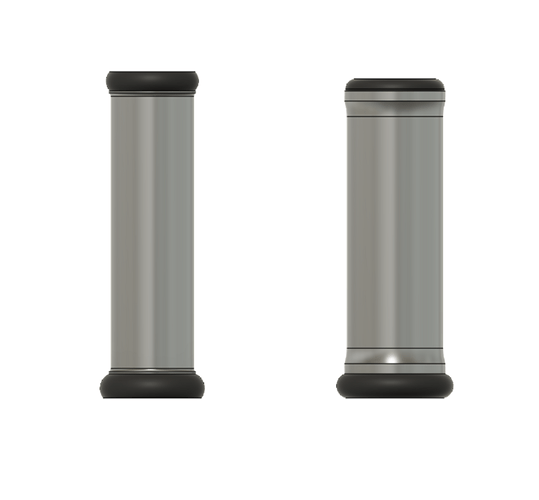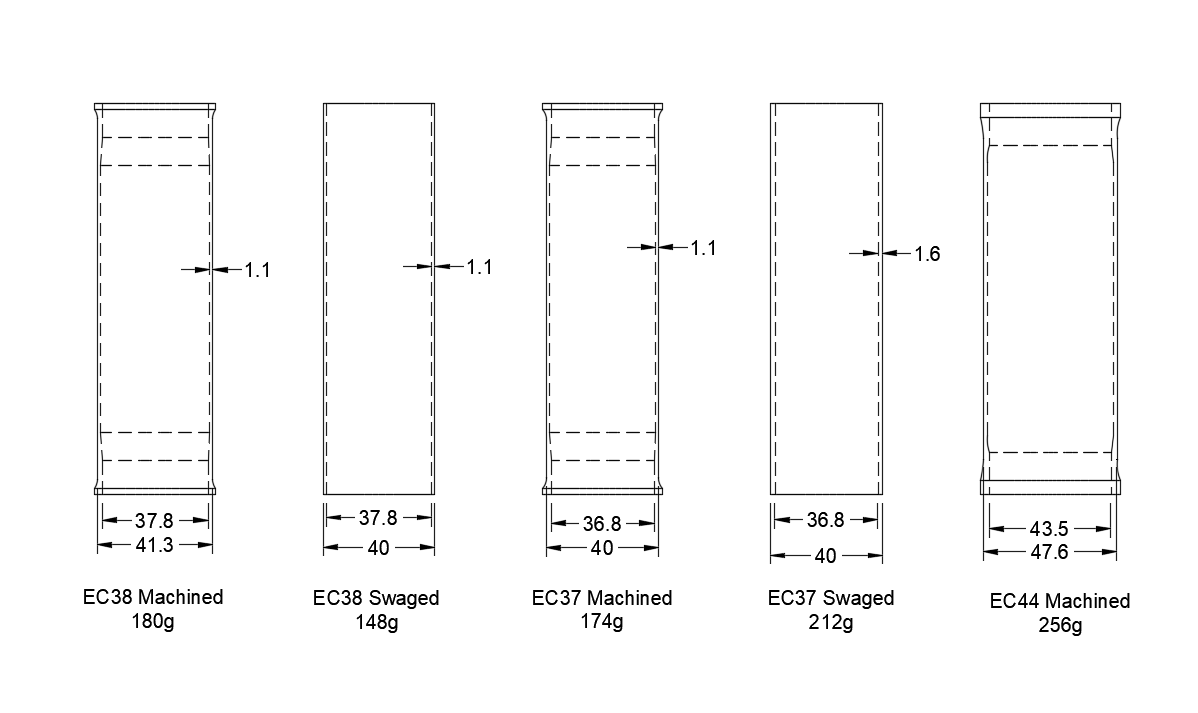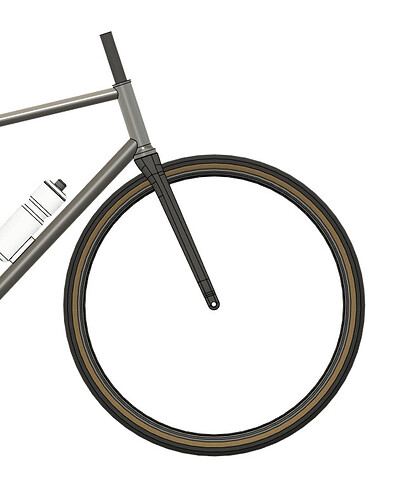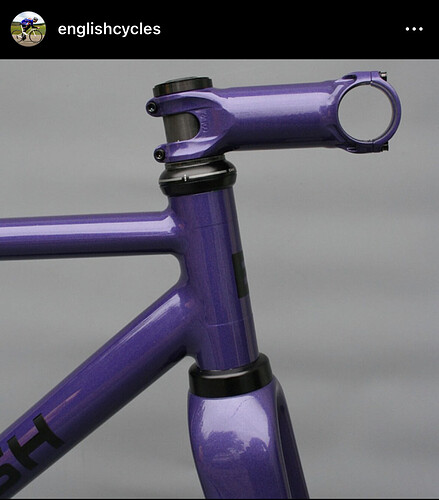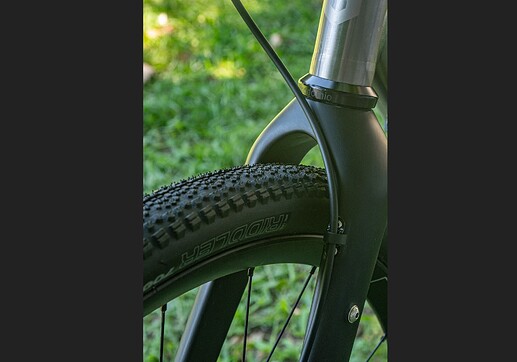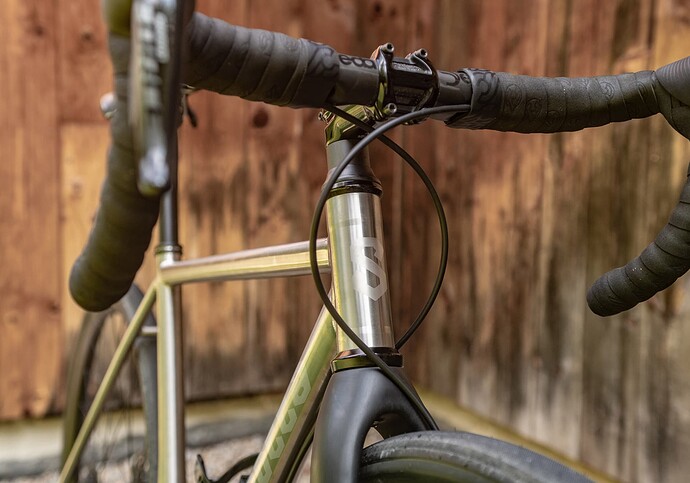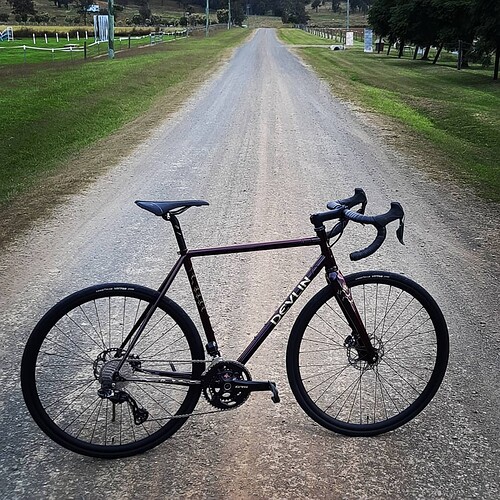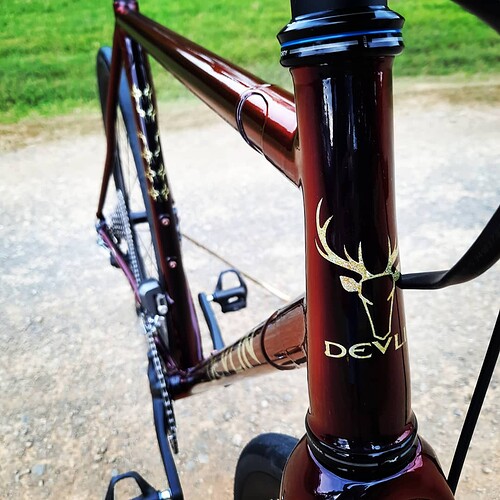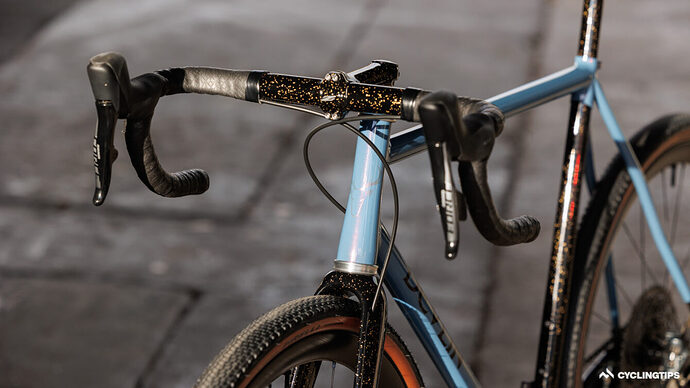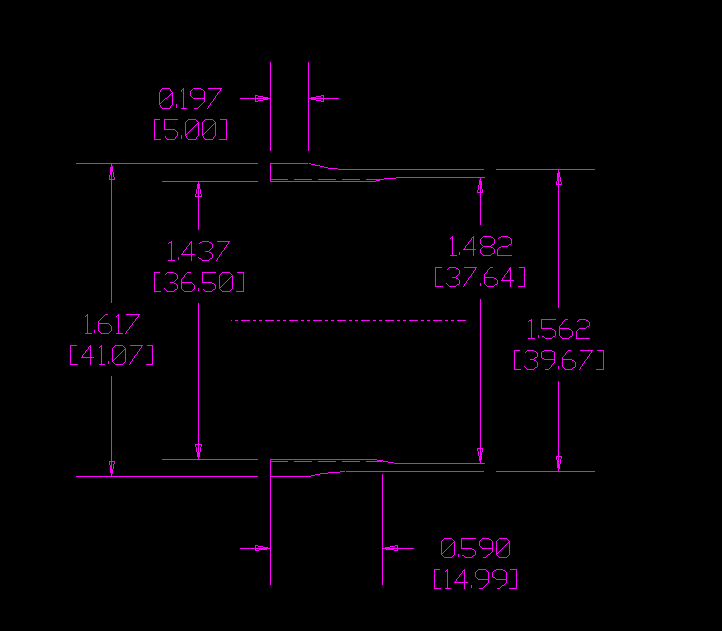The jury has convened today to put two headset standards on trial: EC37 and EC38, in order to determine which one makes the most sense moving forwards. As you will see by the evidence provided, both have their strengths and weaknesses.
To put this discussion in context, it revolves mostly revolves road and gravel bikes.
Why bother with a 1.25 tapered standard?
1.5 tapered headtubes began appearing on road and mountain bikes in the early 2010’s. The main motivation was to create a larger headtube to land big 60mm+ carbon fiber downtubes. Builders reacted by adopting the 44mm headtube as a lowcost, easy-to-use option.
Now bike companies have scaled back their massive “aero is everything downtube” and bikes are starting to come with sleeker forks and narrower 1.25 or 1.375 headtubes (well, until fully internal cable routing stepped on the scene).
Even though there are plenty of 1.25 tapered forks available to frame builders, we are still stuck with the 44mm headtube that we inherited 10 years ago.
EC37 left, ZS/EC44 right
1.25 Advantages:
- Better aesthetic for road and gravel tube diameters
- Increase the diversity of custom frame designs
- Switch between straight steerer steel and tapered carbon forks without compromising aesthetics
- Save ~80g of headtube weight compared to 44mm headtube (140mm length)
- Straight EC37/EC38 headtubes will be cheaper than IS41/47 and EC34/44 tapered headtubes
Pieces of the puzzle:
In order for this standard to work well, we need all the pieces of the puzzle. Some pieces already exist and others can be made easily. This means that this standard can be phased in gradually.
Headtubes:
Right now there are is only one headtube designed specifically for 1.25 forks, the paragon IS41/47. Everything else uses a crown race adapter with a 1.5 headset. With the adapter, you don’t get the weight and aesthetic benefit of the 1.25 fork.
With an EC37 or EC38 standard, we would be able to use slim, straight headtubes to match the aesthetics of a 1.25 fork.
Forks: (list from @PineCycles)
Road RIm
Road Disc
Allroad/Light Gravel
Gravel/Cross
- Parlee Gravel/Cross Fork
- Another fork coming soon!
Headsets:
White Industries EC37: EC37/EC37 – White Industries
Chris King D11 (EC38): Chris King D11 Headset - Dario Pegoretti
Hole Saws:
- 1.625 (41.3mm) hole saw
- 40mm hole saw
- 39mm hole saw does not exist!
Reamers:
- need to figure this out!
EC37 vs EC38
There are two ways to make a straight steerer tube:
- Machined from 1.75x.188 4130 tube stock
- Example: Paragon’s 44mm Headtube Steel 44 mm, 1-7/8" x 50 mm OD: Choose Length
- Swaged to the appropriate ID and OD
- Example: Columbus’ 46x1.1mm headtube stock: Spirit HSS Head Tube, 46 x 600 – Metal-Guru.com
- This can be done through Fairing (MOQ 100, 6mo leadtime)
Arguments for EC37:
- Historical Precedent from 90’s mountain bikes
- Currently supported by White Industries
Arguments against EC37:
- There is no lightweight 39x1.1mm swaged tube option because there is no 39mm holesaw!
- we would probably need to use a 40x1.6mm tube which is much heavier
- There is no titanium headtube solution:
- the closest titanium tube stock is 1.625x.07in: Product Details - Titanium Joe
Arguments for EC38:
- Titanium headtubes can be made from tube stock 1.625x.07
- We are talking about a $30 headtube vs a $100 machined headtube!
- A swaged 40x1.1mm tube works just like the tradtional 36mm tubes for EC34
Arguments against EC38:
- The standard does not have a historical precedent (only used by Pegoretti)
- The whole purpose of the 1.25 headset is to make the headtube smaller
- EC38 makes the headtube ~1mm larger diameter
Conclusions:
I think an EC37 or EC38 standard can make custom road and gravel bikes look better, open up more diverse designs, decrease their cost, and decrease their weight. The forks already exist, we just don’t take full advantage of them.
From a technical perspective, I think EC38 is the more versatile option. EC37 has a historical precedent.
Bigger picture, I think we need to redesign road and gravel forks to modernize our metal bike frame aesthetics. But it’s a chicken and egg problem: The headtubes don’t look bulky because the forks are bulkier. This is an example of what I consider a “modern-looking fork”:
Discussion Points:
- Are you totally happy with EC44?
- Are you totally happy with EC34?
- Does the history and precedent of EC37 mean anything to you?
- Would you use EC38 for titanium bikes?
- If you had to pick: EC37 or EC38?
- Is all this discussion useless because road and gravel bikes will be fully internally routed?

